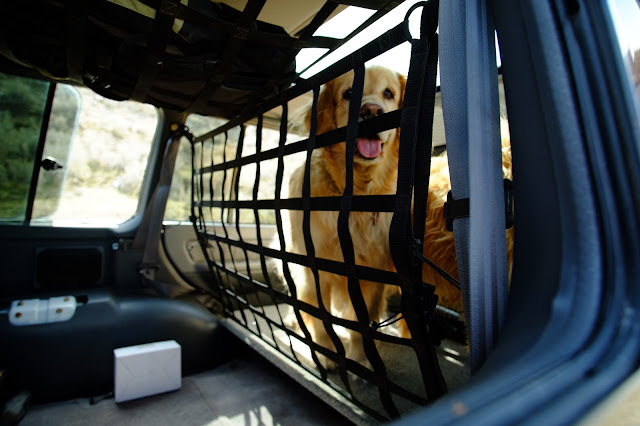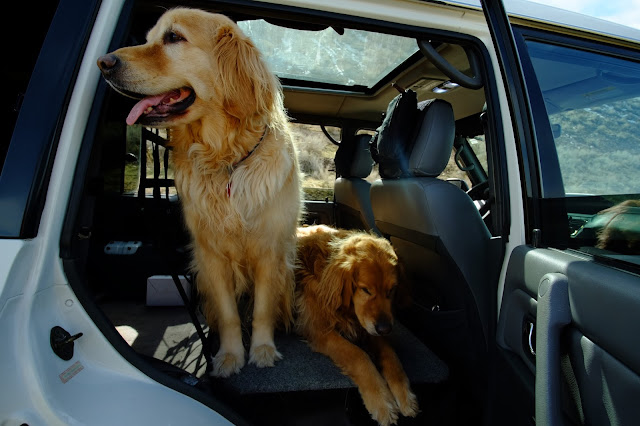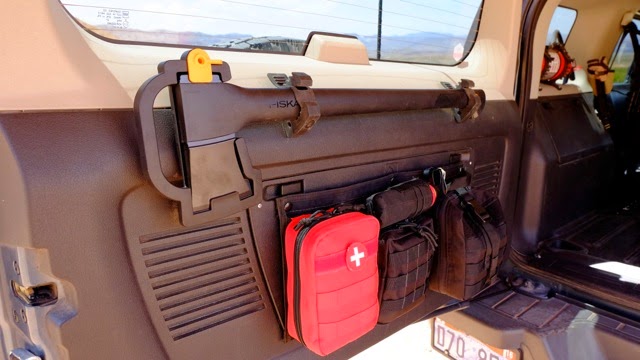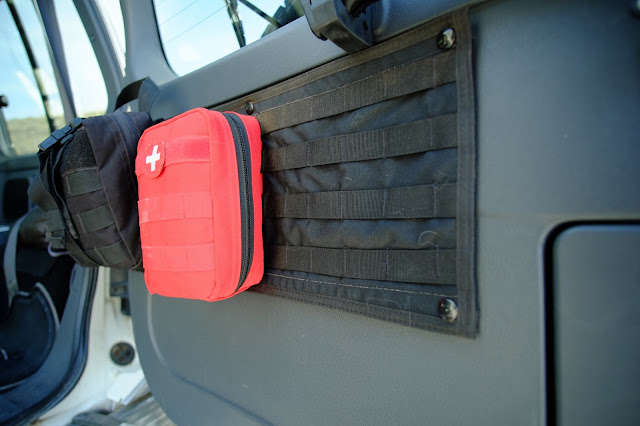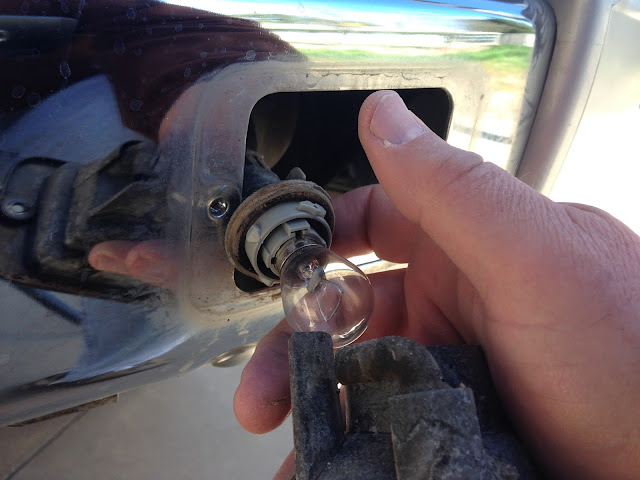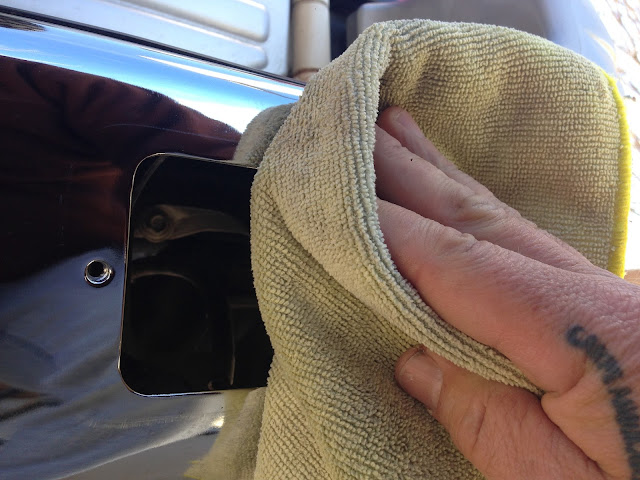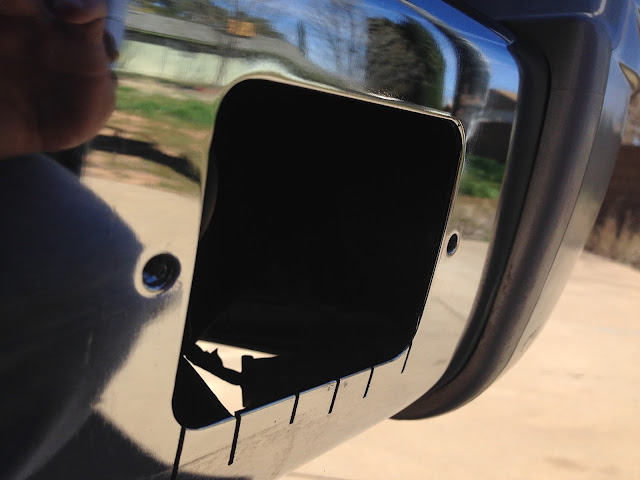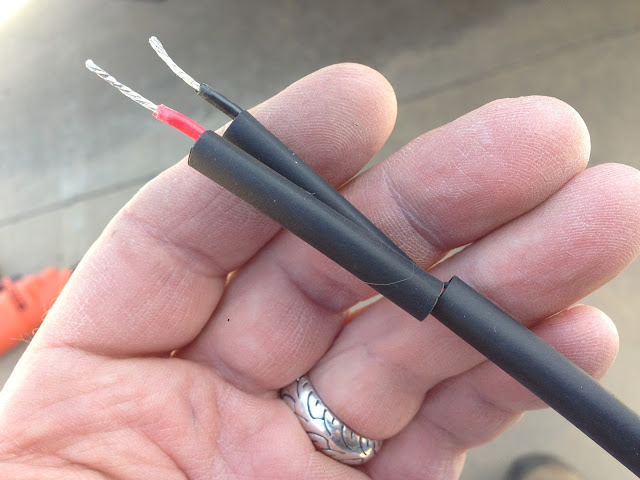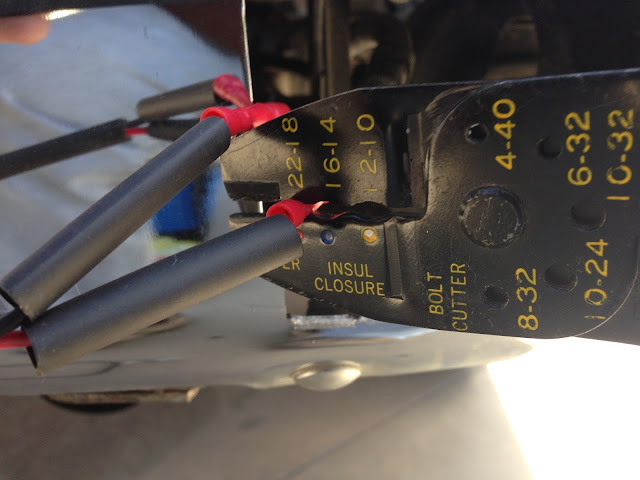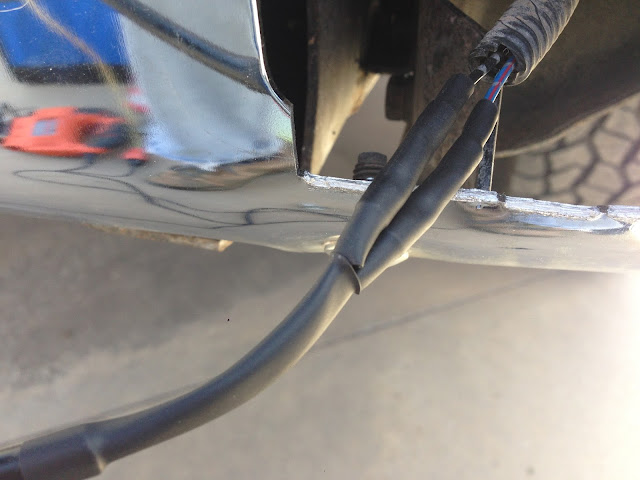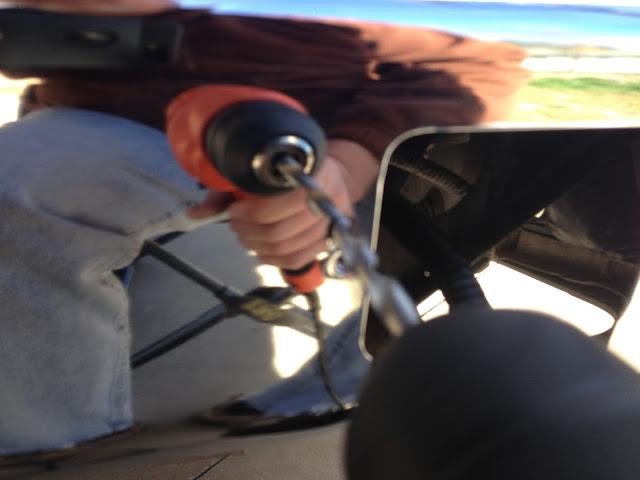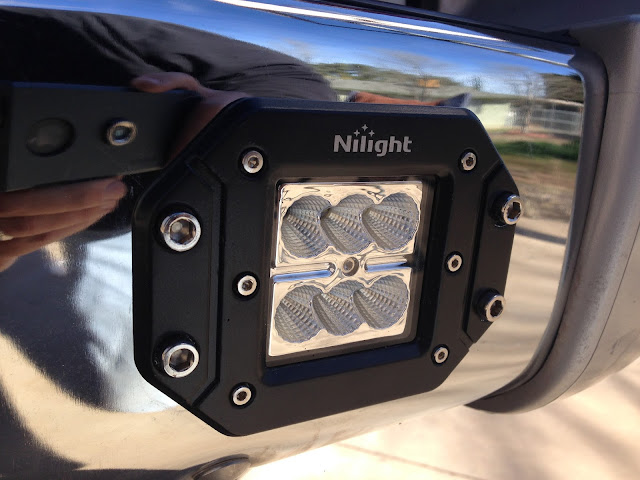Imnosaint
Gone Microcamping
Lifter Noise
Just a few miles into ownership and right after an oil change, a lifter began clicking, a high ticking sound. I researched about lifter adjustment and became reacquainted with valve lash adjusters, not to be confused with hydraulic lifters.
These use oil pressure to lube a tiny piston through a spring loaded ball bearing, and they fail when they’ve been sitting for long periods or are subject to dirty oil. I found a technique on another forum of revving the engine while in neutral from idle to 3000 RPMs gradually over a 15-second interval, letting the engine drop back to idle for another 15 seconds, then repeating the cycle until the VLA is flushed.
I cycled the Monty through five minutes when the noise went away, but revealed a more mid-range sewing-machine kind of sound characteristic from my gen III’s 3.8. Valve adjustment time. If you have any insight, I’m all ears.
Just a few miles into ownership and right after an oil change, a lifter began clicking, a high ticking sound. I researched about lifter adjustment and became reacquainted with valve lash adjusters, not to be confused with hydraulic lifters.
These use oil pressure to lube a tiny piston through a spring loaded ball bearing, and they fail when they’ve been sitting for long periods or are subject to dirty oil. I found a technique on another forum of revving the engine while in neutral from idle to 3000 RPMs gradually over a 15-second interval, letting the engine drop back to idle for another 15 seconds, then repeating the cycle until the VLA is flushed.
I cycled the Monty through five minutes when the noise went away, but revealed a more mid-range sewing-machine kind of sound characteristic from my gen III’s 3.8. Valve adjustment time. If you have any insight, I’m all ears.


